Serving at Home
While many United footballers headed for the Western Front and further afield, a significant number have been traced who served in the forces on what was termed ‘Home’ duty, defending the country, or in essential industries such as munition production, coal mining or shipbuilding.
Tyneside was critical to the war effort, with many shipyards and collieries as well as several huge ordnance plants like the Armstrong complex in Elswick and Scotswood.
The Elswick Works on the River Tyne in 1912
Dozens of United players could be found in the vitally important factories, pits and yards.
Work was no easy ride. It was hard toil with long hours.
United full-back from the early years of the decade, Bob Benson, died in 1916 after gruelling shifts at the Woolwich factory in London.
A patched-up Newcastle United XI took to the field for occasional games during the war years, usually in aid of war charities.
A typical munitions factory
Football was hugely popular in the munition works and a host of noted footballers played locally.
Many of United’s star names featured on a regular basis while native footballers who had returned to their homes when the game closed down were on view too.
And United players pulled on colours of other clubs around the country, notably with Leeds City, arguably the best wartime side.
No fewer than 12 men with a Newcastle association played for the Tykes - Bob Hewison, Jack Peart and Billy Hampson included.
St. James’ Park was a frequent venue for events in those years, from athletic carnivals, boxing, recruitment rallies as well as women’s football, as the Munitionette girls often took to the field.
The 'Munitionette' footballers
A crowd of 20,000 watched the women's cup final of 1917, while a reported 60,000 were at the stadium when the King and Queen made a morale-boosting tour of the region and presented medals to servicemen at the stadium.
The Newcastle United Swifts were created when the club returned to competitive action of sorts for 1917/18 season.
A local league was formed as the Magpies decided to begin the task of looking for new young talent in readiness for peacetime once more.
United faced the likes of Aviation Athletic, Brighton West End and Pandon Temperance for two seasons.
Following the Armistice of November 1918, football around the country began planning for a return to normal service.
As 1919 opened, the region saw a Northern Victory League in operation and a 'first XI' United side again took to the field as players were demobbed from the forces.
Like all clubs, it took a while for the black and whites to get back to normal after essentially three years of inactivity.
Newcastle United at Arsenal in 1919
On 30th August 1919, Newcastle United resumed top level football.
The Magpies faced Arsenal in London and the day’s top crowd of 55,000 saw the visitors win by a single goal.
Football was back and United were back in action.





